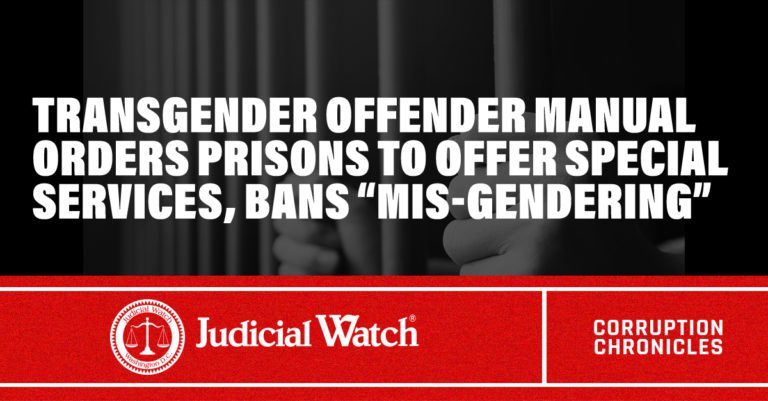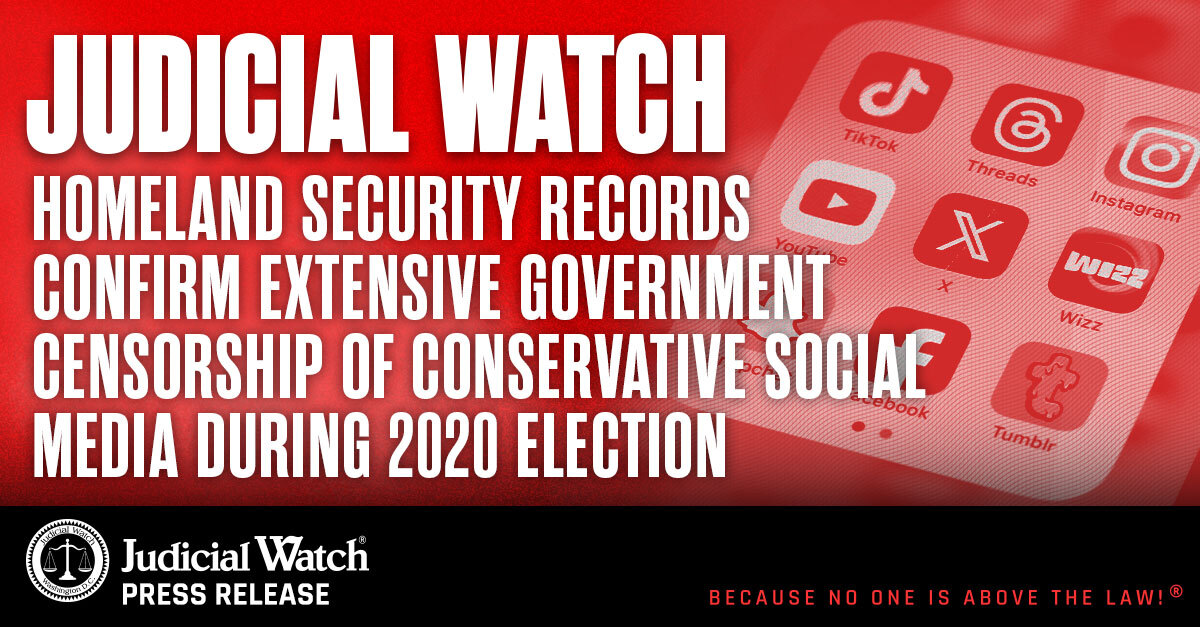

Transgender Offender Manual Orders Prisons to Offer Special Services, Bans “Mis-Gendering”


The Biden administration has issued a Transgender Offender Manual directing federal prisons to give special accommodations and taxpayer-funded services to certain convicts serving sentences in jails throughout the nation. The Department of Justice (DOJ) issued the new guidelines a few weeks ago to ensure that the Bureau of Prisons (BOP) “properly identifies, tracks, and provides services to the transgender population.” The BOP houses some 155,554 inmates at 122 facilities around the U.S. and the agency estimates that approximately 1,300 are transgender. The objective of the new manual is to provide guidance to staff in dealing with the “unique issues that arise when working with transgender inmates,” according to the recently issued 14-page rulebook. The administration also wants to make sure transgender inmates can access programs and services that meet their needs and that sufficient resources are allocated to deliver those special services.
To fulfill the task a Transgender Executive Council (TEC), consisting of senior staff members from the psychology, health services and other BOP divisions, has been created to serve as the official decision-making body on all issues affecting transgender inmates. It will meet once a month to offer advice and guidance on unique measures related to treatment and management needs of transgender inmates. The panel will study factors such as an inmate’s security level, criminal behavior, current gender expression, vulnerability to sexual victimization and likelihood of perpetrating abuse. “The TEC will consider the wellbeing of all inmates while exploring appropriate options available to assist with mitigating risk to the inmate, to include but not limited to cell and/or unit assignments, application of management variables, programming missions of the facility, and security of the institution,” the manual states.
Under the new guidelines BOP staff interacting with transgender inmates must use the authorized gender-neutral communication with inmates or the pronouns associated with the inmates identified gender. “Deliberately and repeatedly mis-gendering an inmate is not permitted,” the document warns. Housing and program assignments must seriously consider a transgender or intersex inmate’s own views and transgender inmates shall be given the opportunity to shower separate from other inmates. The initial screening codes to document a likely transgender identity are listed as “inmate should be screened for male to female transgender identification” and “inmate should be screened for female to male transgender identification.”
The federal prison system will also provide transgender convicts with gender-affirming hormone therapy and medical treatment as well as surgery for those in the final state of the transition process. “In the event this treatment changes the inmate’s appearance to the extent a new identification card is needed, the inmate will not be charged for the identification card as is standard practice,” according to the new instructions. Transgender inmates will also receive underwear to match their identified gender even if they are not housed with inmates of the identified gender. “Institutional laundry will have available institutional undergarments that fulfill the needs of transgender inmates,” the manual states. Special psychotherapy will be offered to help inmates live more comfortably within a gender identity and address other issues such as substance abuse, mood disorders and criminality. “Common concerns of transgender inmates, which can be addressed effectively in a group setting, include self-esteem issues and relationship issues,” the manual reveals.
For those unfamiliar with terms associated with transgenderism the government document offers some helpful definitions in the new rulebook. It defines gender as a construct used to classify a person as male, female, both, or neither. “Gender encompasses aspects of social identity, psychological identity, and human behavior,” according to the definition. Gender identity, on the other hand, is defined as a person’s sense of their own gender, which is communicated to others by their gender expression. Which brings us to gender expression, which includes mannerisms, clothing, hairstyle, and choice of activities. Gender nonconforming is a person whose appearance or manner does not conform to traditional societal gender expectations. Transgender is the state of one’s gender identity not matching one’s sex assigned at birth. Cisgender is defined as the state of one’s gender identity matching one’s sex assigned at birth. Gender Dysphoria (GD) is a strong and persistent cross-gender identification manifested by a stated desire to be the opposite sex and persistent discomfort with biologically assigned sex.















